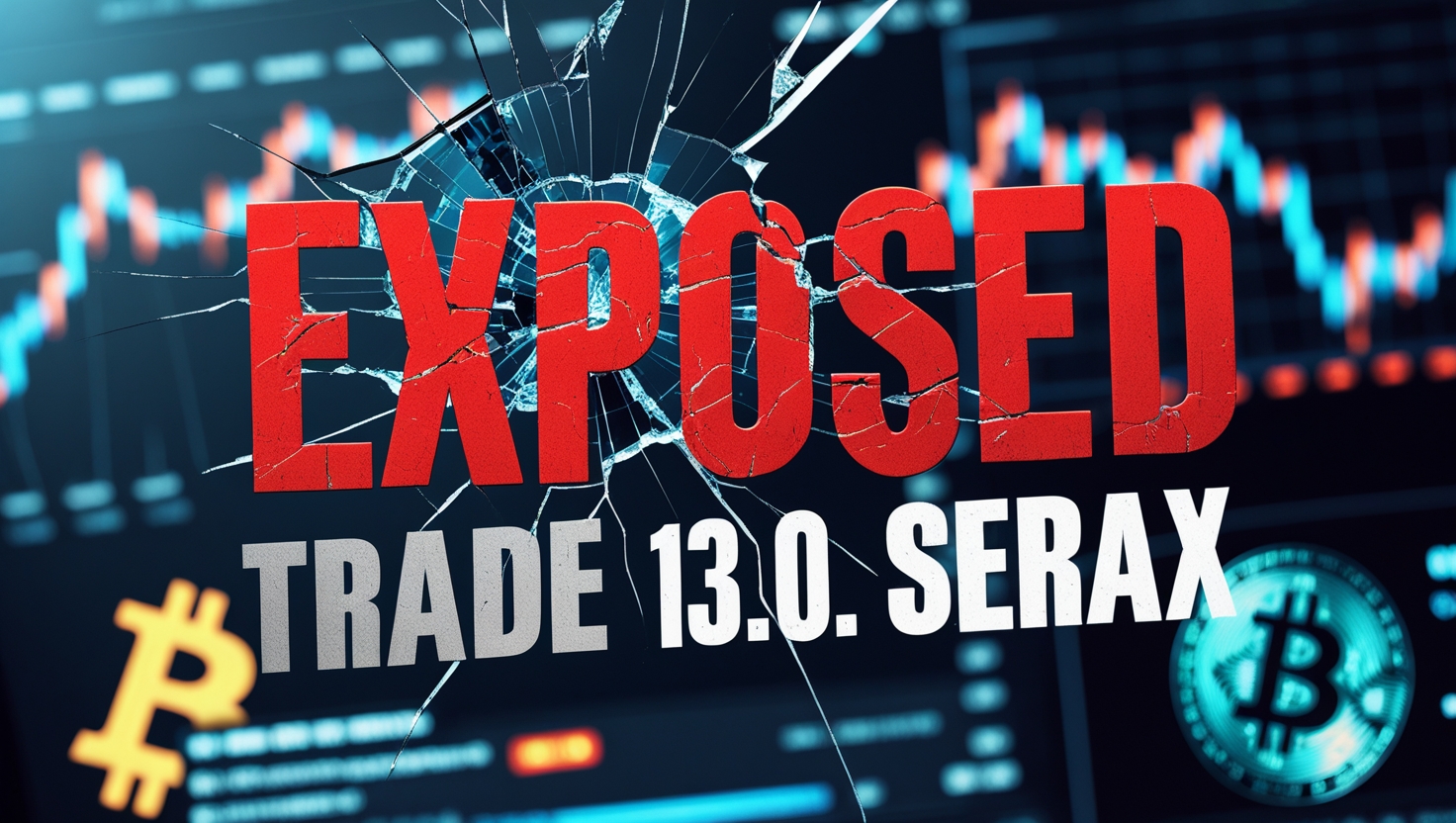Table of Contents
Trade 13.0 Serax is described as an AI-powered trading tool that scans global forex and cryptocurrency markets to identify profitable opportunities. Using complex algorithms, the system claims to predict market trends and execute trades automatically for its users. It’s marketed as a beginner-friendly platform that doesn’t require prior trading experience, which makes it attractive to new investors.
The platform operates by analyzing large volumes of market data in real time. It then uses this information to make trading decisions on behalf of the user. The idea is that the algorithm reacts faster than a human could, which could result in better profits. However, markets are inherently unpredictable, and no system can fully eliminate risk.
Many people are drawn to the convenience of automated trading. It promises a hands-off experience where the system handles the technical aspects. While this sounds appealing, it’s important to understand how the platform actually works and to evaluate its claims critically.
Understanding the basic mechanism behind Trade 13.0 Serax is essential. It’s not a magic tool; it’s an algorithm running on market patterns. Success depends not only on the tool but also on external factors like market volatility, global news, and user settings.
Is Trade 13.0 Serax a Legitimate Trading Platform?
Legitimacy is a big question when it comes to platforms like Trade 13.0 Serax. While the tool promotes high success rates and user-friendly features, regulatory bodies in some countries have issued warnings. For example, the Philippines SEC and Department of Migrant Workers flagged it as an unlicensed operation.
A platform being unregulated doesn’t necessarily mean it’s a scam, but it does raise concerns. Without regulatory oversight, there’s no guarantee your funds are protected. Many scams use similar marketing language, including exaggerated claims and fake testimonials, to lure unsuspecting users.
If you’re considering using Trade 13.0 Serax, take time to research independently. Look for verifiable reviews, and check if the company is registered with financial authorities in your country. These simple steps can help you avoid potential pitfalls.
Due diligence goes a long way in the online trading world. With so many tools available, it’s important to choose one that offers both transparency and regulatory backing.
Red Flags to Watch Out for Before Signing Up
Before jumping into any trading platform, it’s crucial to know what red flags to look for. Trade 13.0 Serax has been criticized for using misleading advertising, including fake celebrity endorsements and overly optimistic return rates. These are common tactics used in high-risk schemes.
The absence of verifiable licensing is another major concern. When a platform doesn’t openly display regulatory credentials, it’s often a sign of a lack of accountability. If things go wrong, users have limited or no legal recourse.
Also, be cautious of pushy marketing tactics. If a platform pressures you to deposit funds quickly or promises guaranteed returns, it’s best to walk away. No trading tool, no matter how advanced, can ensure profit.
Spotting these warning signs early can save you from significant financial loss. Always question offers that seem too good to be true and consult reputable financial sources before making a move.
Tips for New Traders Using Automated Tools
Starting with an automated trading platform can be exciting but also overwhelming. If you’re new to this space, begin by using a demo account. This feature allows you to explore how the tool operates without risking real money.
Start small. Even if the platform seems trustworthy, limit your initial investment. Most platforms, including Trade 13.0 Serax, have a minimum deposit—usually around $250. Stick to that amount until you’re confident in how the system behaves.
Use only discretionary funds. This means trading only with money you can afford to lose. It’s a simple rule that protects you from emotional decisions and keeps your essential finances intact.
• Try the demo mode first
• Start with the minimum deposit
• Use funds you can afford to lose
• Monitor trades regularly
• Avoid emotional decisions
Comparing Trade 13.0 Serax With Regulated Platforms
When comparing Trade 13.0 Serax with regulated platforms, the biggest difference is oversight. Regulated platforms are monitored by financial authorities, which means they must follow strict rules to protect users. Trade 13.0 Serax, on the other hand, lacks this type of regulation.
Security is another important factor. Regulated brokers are required to use secure technology and keep user funds in segregated accounts. This reduces the risk of fraud or misuse. In contrast, unregulated platforms don’t have to follow these practices.
Another key difference is transparency. Regulated platforms usually provide detailed information about their team, operations, and trading history. If a platform hides these details, it’s a red flag. Trust is built on openness.
Choosing a regulated broker doesn’t guarantee profits, but it does provide peace of mind. Knowing that a financial authority is watching over the platform can help users feel more secure about their investments.
Common Misconceptions About AI Trading Platforms
A common misconception is that AI trading tools like Trade 13.0 Serax can guarantee success. While AI can help identify patterns, it cannot predict market movements with perfect accuracy. The financial market is influenced by countless unpredictable factors.
Another myth is that these tools don’t require any oversight. In reality, users should still monitor their accounts regularly. Even the best algorithms can make errors, especially during volatile market conditions.
Some users believe that a higher deposit equals higher profits. But more money in the system doesn’t automatically improve performance. Success depends on market timing, strategy, and how the algorithm is set up.
Understanding these misconceptions can help users manage their expectations. AI can be a helpful tool, but it should complement, not replace, human judgment.
Should You Try Trade 13.0 Serax? Final Thoughts
Deciding whether to use Trade 13.0 Serax depends on your goals, risk tolerance, and research. While the platform may offer convenience, the lack of regulation and marketing red flags are significant drawbacks. It’s essential to weigh both the pros and cons.
If you’re still curious, consider starting with a demo account. This allows you to see the platform in action without risking money. Watch how it performs over time and decide if it aligns with your trading style.
For those seeking more secure options, there are many regulated platforms that offer automated trading features. These come with the added benefit of legal oversight and user protections.
Final Checklist Before You Start
• Check for licenses or regulatory backing
• Look for independent reviews
• Try the demo mode first
• Never invest more than you can afford to lose
• Be cautious with “too good to be true” promises
Conclusion
Trade 13.0 Serax sounds cool because it says it can help you make money with smart computer tools. But you should be very careful before using it. Some people say it’s not safe and doesn’t have real rules from the money bosses (regulators). That’s kind of scary, right?
Before you try something like this, it’s best to learn more and ask questions. Use only money you can lose without getting sad. And if it feels too good to be true, it probably is. Always be smart and careful when money is involved!
FAQs
Q: Is Trade 13.0 Serax safe to use?
A: It’s not officially licensed, so there’s no guarantee it’s safe. Always do your own research before using any platform.
Q: Can I try Trade 13.0 Serax for free?
A: Yes, it says it offers a demo account where you can practice without using real money.
Q: Do I need trading experience to use it?
A: No, the platform is made for beginners too, but learning the basics is still a good idea.
Q: Is Trade 13.0 Serax available worldwide?
A: It might be, but check if it’s allowed or regulated in your country before signing up.
Q: How much money do I need to start?
A: The minimum deposit is usually around $250, but never invest more than you can afford to lose.
Q: Does it guarantee profits?
A: No, and no platform should. Trading always involves risk, and returns are never promised.

